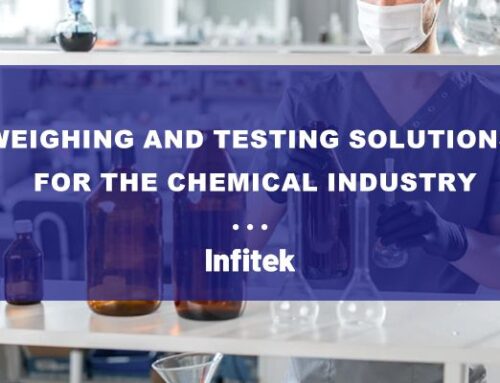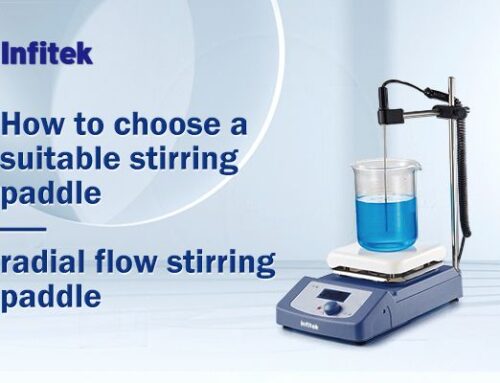Water activity plays a critical role in determining the stability, safety, and quality of various products, from foods to pharmaceuticals. But what exactly is water activity, and why does it matter?
Water activity (aw) measures the amount of “free” water in a product – the water available for microbial growth and chemical reactions. It’s not the same as moisture content; rather, it reflects the water’s availability to participate in biological and chemical processes. Understanding water activity is crucial for predicting product stability, shelf life, and safety.
🔍 The Role of Water Activity Meters 🔍
Water activity meters are indispensable tools for industries where precise control over moisture content is vital. These instruments measure the equilibrium relative humidity (ERH) in a sample, providing insights into its water activity level.
By accurately measuring water activity, manufacturers can:
Ensure Product Safety: Controlling water activity helps prevent microbial growth, thereby reducing the risk of spoilage and foodborne illness.
Maintain Product Quality: Water activity influences texture, flavor, and overall product quality. Controlling it ensures consistency and enhances consumer satisfaction.
Extend Shelf Life: Products with lower water activity levels tend to have longer shelf lives, as microbial and chemical degradation processes are slowed down.
Optimize Production Processes: Real-time water activity monitoring allows manufacturers to adjust processing parameters, ensuring optimal product quality and efficiency.




Get Social